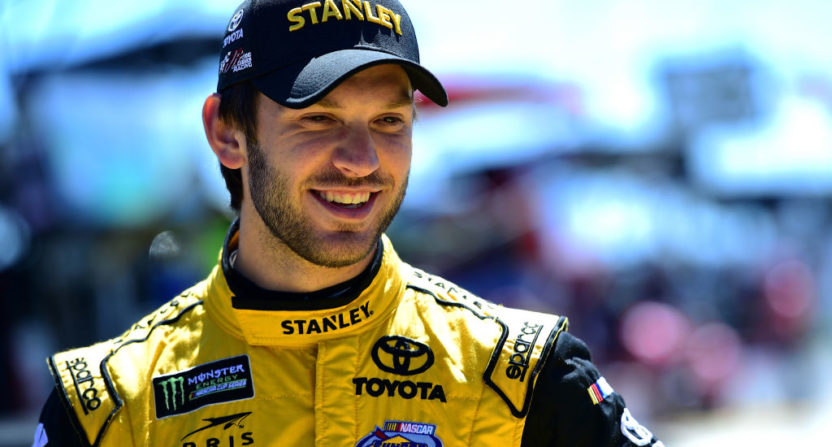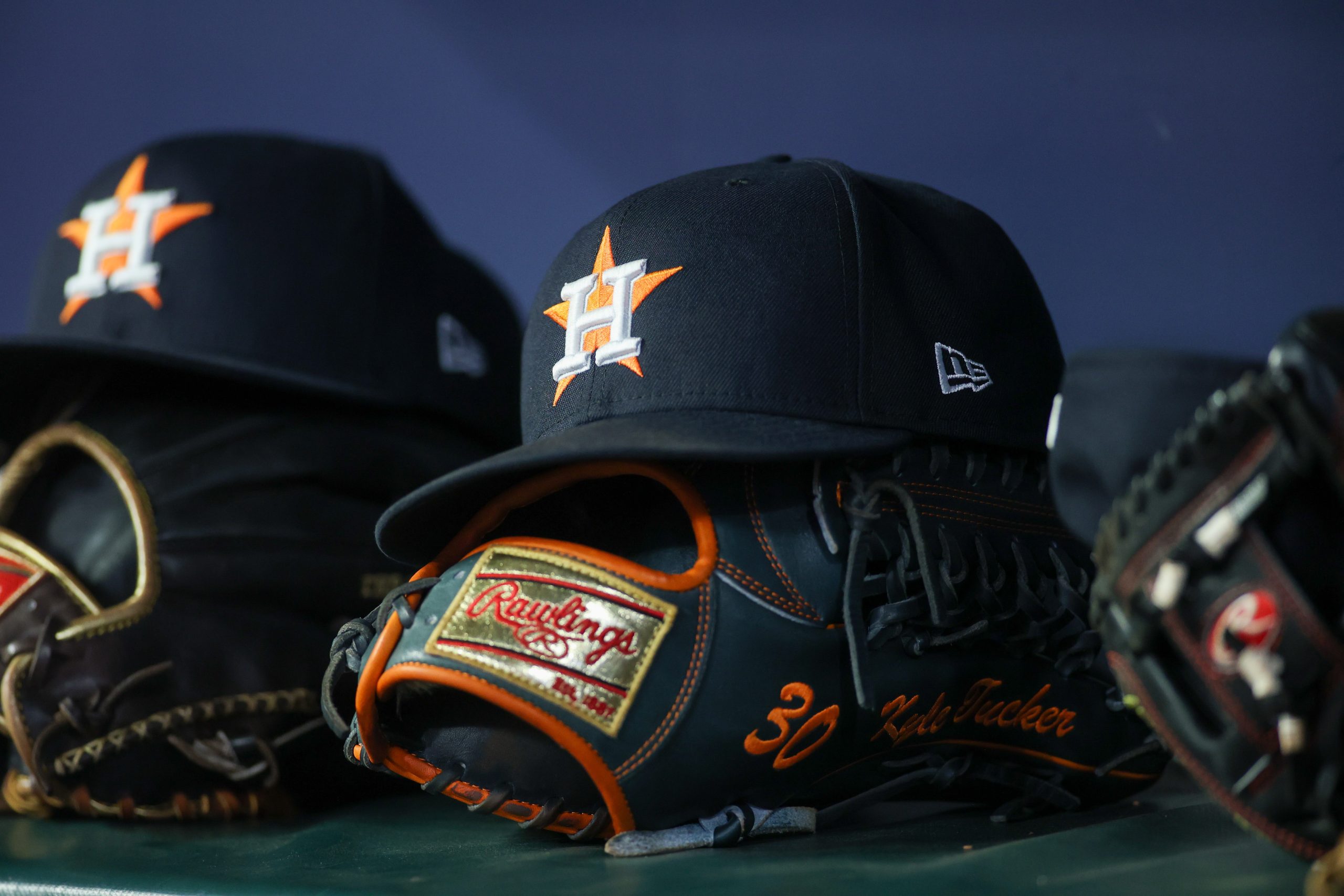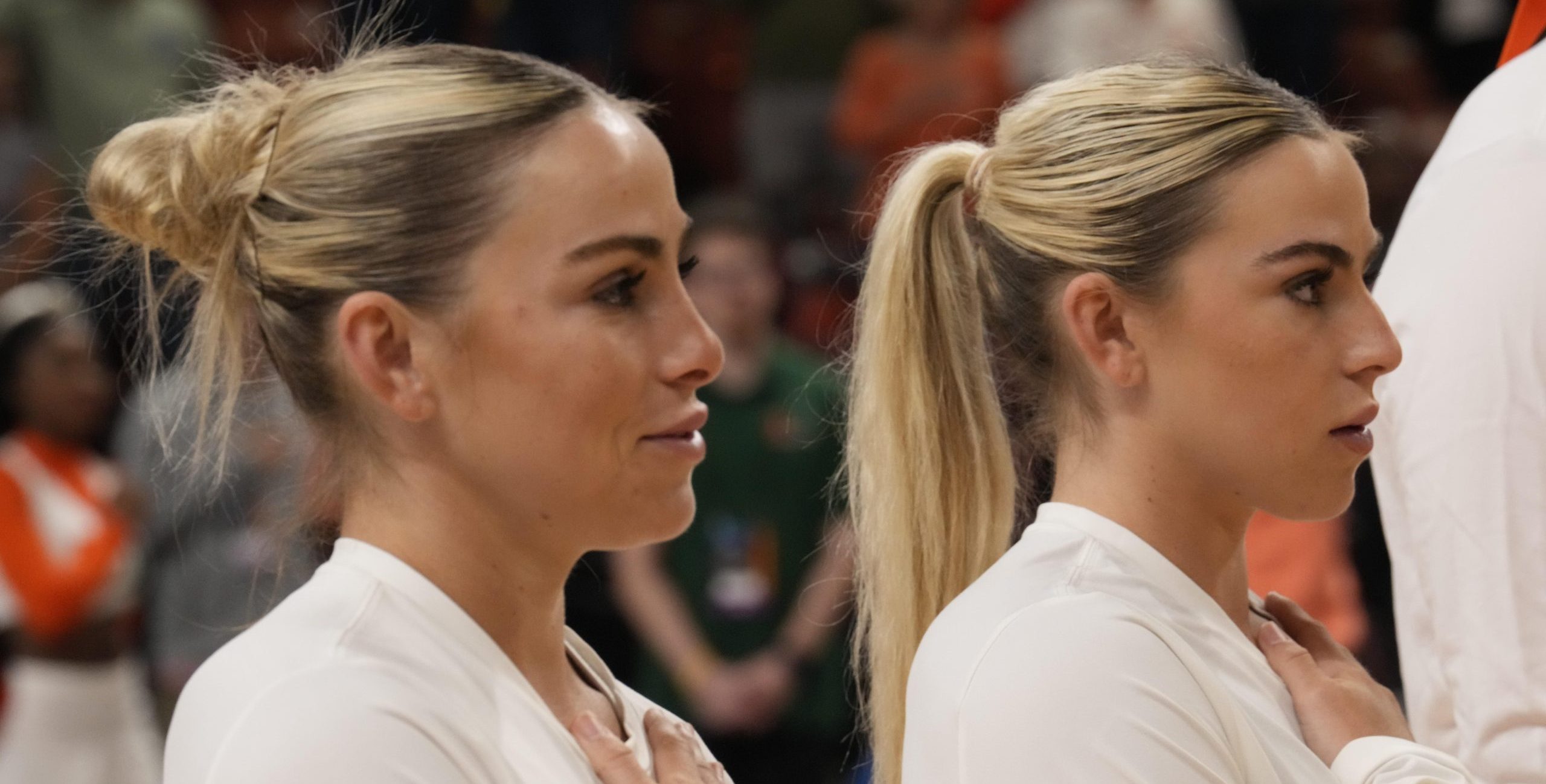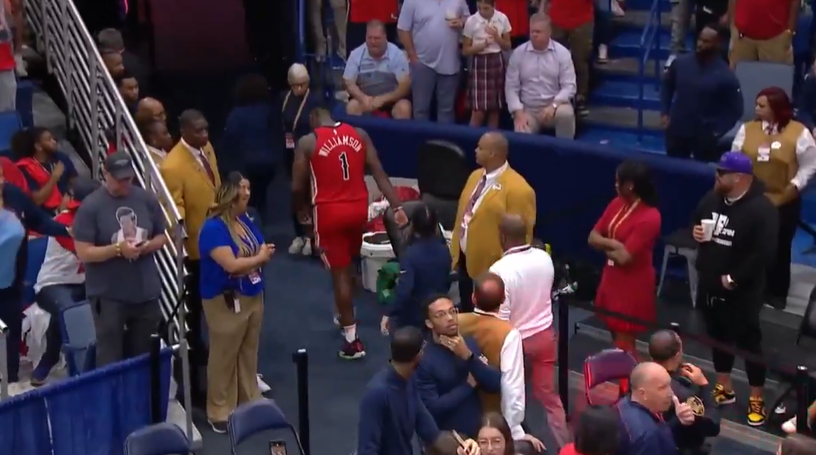Daniel Suarez is a trailblazer.
The 25-year-old Monster Energy NASCAR Cup Series rookie may or may not realize that, but he is a trailblazer for his native Mexico and the Hispanic community. There have been many great and well-known Mexican drivers throughout racing history. Sergio Perez currently races in Formula 1, while Esteban Gutierrez raced for Haas F1 last season and currently races in the Verizon IndyCar Series. Adrian Fernandez spent the majority of the 90s and 2000s in CART, as well as in endurance racing, and became a star at a time where CART was as big or bigger than NASCAR and F1.
And arguably the most legendary Mexican racers in history, brothers Pedro and Ricardo Rodriguez, lit up Formula 1 in the 60s with Pedro winning twice as well as the overall win in the 1968 24 Hours of Le Mans and Ricardo, finishing runner-up in the 1960 24-hour race as an 18-year-old. Sadly, both brothers would be killed in separate racing crashes at the ages of 31 and 20, respectively, before they ever truly realized their full potential.
Suarez is trying to break through and forge a new path for Hispanic racers in NASCAR. A 10-time NASCAR Mexico Series winner, Suarez and his family sacrificed everything to try and forge a stock car racing career in the United States. Suarez didn’t really get off to a great start. Think about it, your family essentially gave up everything to fund your dream in a foreign land as a 19-year-old. And on top of what every other young race car driver is going through (seeking sponsorship and trying to be a better driver), you’re trying to learn a new language in order to not only communicate with people in society but to just communicate to your team.
After a couple years of struggling and even considering moving back to Mexico, Suarez was one of six drivers chosen to participate in NASCAR’s Drive for Diversity program. Drive for Diversity started in 2004 and gave minorities and women a start in NASCAR, usually driving in either the K&N East or West regional series. After initial struggles of trying to find talented drivers, the program eventually came into its own. Notable graduates of the Drive for Diversity program include Suarez, Darrell Wallace Jr. and Kyle Larson.
After graduating from Drive for Diversity, Suarez was hired by Joe Gibbs Racing to compete full-time in the Xfinity Series, the preliminary series to the Monster Energy NASCAR Cup Series. In 2015, Suarez didn’t win but finished fifth in points in his rookie season. That next season, Suarez won three races, as well as the Xfinity Series championship, becoming the first Mexican NASCAR champion.
This past offseason proved to be extremely pivotal for Suarez and no doubt will shape the rest of his career. After Carl Edwards suddenly retired, Suarez unexpectedly moved up to drive the #19 Arris Toyota in the Monster Energy NASCAR Cup Series. Despite the surprise promotion, Suarez was no doubt ready and after winning the Xfinity title, there was no time like the present to try a new challenge.
In 20 races this season in the Monster Energy NASCAR Cup Series, Suarez has seven top 10 finishes and currently sits 18th in points. More importantly, except for a crash in the Daytona 500 that wasn’t really his fault, Suarez has kept his car running at the finish in every race, hasn’t torn up his car (surely satisfying Joe Gibbs and his wallet) and currently has three consecutive top 10 finishes.
At only 25, Daniel Suarez seems to have many years of racing ahead of him and he will no doubt get even better. Joey Logano said it best and told Suarez, “Man, I have one state behind me. You have an entire country.” And in a way that’s true. Dale Earnhardt Jr. has “Junior Nation,” but Suarez has a literal nation backing him. Mexico and the Hispanic population have Daniel Suarez as their native son and quite honestly, Suarez is that trailblazer who may inspire future generations of Hispanics to follow in Suarez’s footsteps.
I was able to meet Daniel Suarez the morning of the June Pocono MENCS race where we talked about him unexpectedly moving up into the Monster Energy NASCAR Cup Series, about his time in Drive for Diversity and what he would like to see NASCAR do to improve the program, the competition in NASCAR’s Mexico Series and his initial struggles in the United States as well as seeing more and more Hispanic fans showing up at the track in order to see Suarez.
[This interview has been edited for clarity.]

Phillip Bupp: In the beginning of the season, you kind of gotten thrusted into the #19 after Carl Edwards announced his sudden retirement. When did you know that you were taking over and how long before it was made public?
Daniel Suarez: Maybe a couple weeks before you guys. Everything happened very quickly. It was quick for everyone and it was quick for me too.
At the end of the day, [moving up to the Monster Energy NASCAR Cup Series] that’s exactly what I wanted. I’m very very happy that the opportunity came and I feel like it came at the right time. I feel like it was time to move on [from Xfinity] and try to race in the Cup level.
PB: When you won the Xfinity title, that seems natural [to move up to MENCS].
DS: Oh it helps, yeah.
PB: In addition to Carl coaching you at the start of the season, you also have three veteran teammates [Kyle Busch, Denny Hamlin and Matt Kenseth] there to give you advice when needed. What has been the best piece of advice any of them has given you about racing in the Monster Energy NASCAR Cup Series?
DS: It’s tough. It’s hard to take just one [piece of advice] because you’re getting all this information. There’s a lot of new things that you have to learn in the Cup level. Sometimes you can apply [what you learned] in Xfinity but sometimes you can’t. The competition is already tougher and everyone has the same, almost the same equipment, so everyone has very good equipment.
It’s hard, there are 20 cars out there that can win the race so there’s going to be a process to get to that point, to be able to be competitive and run consistently in the top 10. I feel like we’re getting to a point right now where running in the top 10 is not a surprise anymore. It’s feeling a bit normal, which is a good thing. We’re getting comfortable running there. We’ll just have to keep working and keep learning from everything.
PB: Now you’re a graduate of NASCAR’s Drive for Diversity program and last year became the first Mexican-born driver and Drive for Diversity grad to win a major NASCAR championship. What have you learned from the program that you use today and where would you think you would be now if Drive for Diversity never existed?
DS: That’s a good question, I don’t know. I don’t know if there is something as specific that I learned from the program. It did help me a lot to go through the K&N Series, the regional series of NASCAR.
But for all the things, it’s a good program that can help drivers. I wish [NASCAR] were more focused on drivers from all over the world. I feel like sometimes they are missing some good opportunities [bringing in international drivers]. In my case, seeing many, many drivers in Mexico and I feel like sometimes they are missing one or two opportunities with some very, very good, talented drivers.
But all in all, [NASCAR] has their own system to do things and to choose drivers and to choose the talents to get into the program. Sometimes, they get it right like with Kyle Larson, with Darrell Wallace, with myself and sometimes they don’t get it right. But it’s part of a process of everything and overall, I feel like without the opportunity, maybe I wouldn’t be here right now, you never know.
Right before I got into this program, I was disappointed in myself and I wanted to come back to Mexico and race over there. So definitely [Drive for Diversity] got me to give it another shot. And it was difficult the first part of the year, I didn’t think it was helping me at all. But with a lot of work from my crew chief, Skip Eyler, actually I feel like he was the biggest part of my career through the rest of the program.
https://youtu.be/Uxe6T40FwUQ
PB: That kind of leads into my next question about racing in NASCAR’s Mexico Series. We in the United States don’t really get to see much of NASCAR racing in Mexico, Canada and Europe. What is the competition like in the Mexico Series and how does it compare and contrast to the competition in the United States?
DS: In Mexico, the cars are very close to a late model or super late model car. I’m guessing that’s similar in Canada as well. It’s like any other country. There are a group of drivers that are very, very talented and they have a lot of future ahead of them. They just need the opportunity. And I really feel like those drivers are there but for whatever reason, I have had this conversation with a couple people from [Drive for Diversitiy] that there are a lot of drivers out there that fall behind because they don’t have the greatest curriculum ever, they are not giving those kids an opportunity. And sometimes, I feel like they are missing some good talents out there, so I feel if [NASCAR] would pay a little more attention to those series maybe, you never know, more Hispanic, Canadian or European drivers…
PB: Cast a wider net on where to get that next great talent.
DS: Exactly. I’ve never been in the series in Canada, but there’s a lot of talent out there too. And I haven’t seen a Canadian driver go through the Diversity program as long as I can remember. So there is something there that definitely can make the program a little bit better to bring those drivers into the program to give them a shot in the K&N Series, late models and the next level.
PB: Have you noticed more Hispanic fans coming to NASCAR races since you’ve been racing?
DS: Yeah, for sure. I mean, the West Coast is huge. The West Coast and having the opportunity to race in California and I felt like I was in Mexico. A lot of Hispanic people, a lot of Mexican flags and a lot of support and that feels great. That means whatever we are doing, we’re doing it right. We’re moving in the right direction. And I just think about all that NASCAR has put together. On myself and on my team, Joe Gibbs Racing, my sponsors, Arris, everyone that helped me get to this position. And it feels great that slowly, we are bringing a lot of Hispanic fans to the racetrack.
PB: Given winning the Xfinity Championship and moving up to the Monster Energy NASCAR Cup Series, how would you rate your season so far [as of early June] and what would you say would be a successful season going forward?
DS: Well, I think it’s been good. There’s always room to improve and there’s always room to do better. My team and I have been through a couple of difficult times this year so far. We made some adjustments to the team and some changes and that always takes some time to put everything together and move forward again.
And even with that, I feel very proud on what my team has done, to myself and my crew chief Scott Graves and everyone to work hard and believe in ourself and move forward.
In the last month, we’ve been very strong running in the front and running in the top 10. We made the All-Star Race and that’s just a little bit of what I believe we can do in the future. So hopefully we can keep working in the same direction and can be even better.





